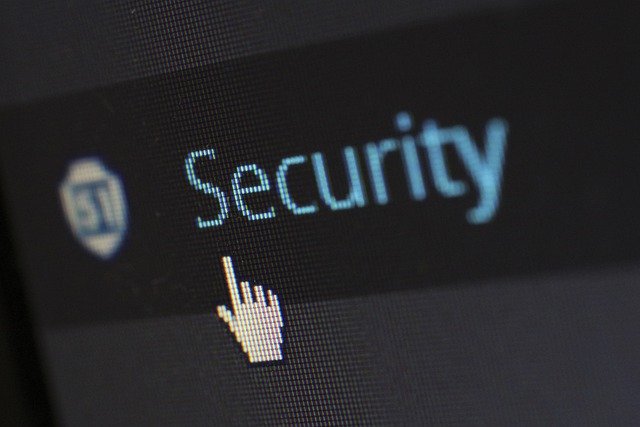When it comes to running a website for your online business, one of the most critical topics is website security. First, your customers need to be safe. Their data must be protected at all costs, or they will lose trust in your company, which can even lead to a lawsuit. Second, you also need to protect your business from various hackers. Since WordPress is one of the most common CMS platforms today, and people mostly choose to build a WP website, we want to give you seven of the best tips to secure your WordPress website. Let’s start!
-
Purchase a quality hosting plan
Many people fall into the trap of purchasing a cheap hosting plan, thinking it will not cause any issues. That is mistake number one you can make. Your hosting plan is one of the most important parts of the website because all the setups happen there. Website performance, loading speed, search rankings, and many other things depend on it.
-
Enable HTTPS for your website
Another thing that should not be looked at as just another expense is the HTTPS certificate. This is how you protect customer data on your website. When there is a connection request between a website and a server, the communication happens through the HTTP protocol. By purchasing the SSL certificate, that protocol now becomes HTTPS. The added certificate encrypts data, so no one can read it until it gets to the server.
-
Upgrade your login procedures
As an administrator, you will need a username and password to log into your admin panel on WordPress. Creating a strong password containing capital and small letters, numbers, and special characters is an excellent practice. Also, do not use any familiar words or words that make sense. A strong password should be a string of randomly generated characters.
Furthermore, you need to enable two-factor authentication. This extra level of security ensures no one logs in to the website except you.
It would be best if you also considered adding a security question and setting up a backup email for logging in to the admin panel.
-
Regularly create backups of your website
If there is a hacker attack or hosting failure, there is a high chance you will lose data on your website. This can turn into a catastrophe. That’s why it is imperative to create regular backups of your website.
As a best security practice, you should create a backup of your website daily. If you are running a high-traffic website with a lot of activity, you need to create a backup of your website every hour. This is how you make sure your website is always protected.
Furthermore, this is a necessary step if you ever decide to migrate your WordPress website.
-
Update WordPress and plugins regularly
Have you ever wondered why software owners release new versions of their software? Is it to add new features? Improve the design? Fix bugs?
The answer is yes to all of these questions. However, one of the main reasons why they release software updates is to prevent hacker attacks. Software is always developing, and auditors constantly discover a bug or a glitch in the code that a hacker could misuse. They fix those issues to prevent security threats.
As soon as you see a new update, do it immediately. That’s why you must constantly monitor your website and do security updates. While you can do this on your own, it is best to let experts handle it so you don’t have to stress yourself about it.
-
Remove plugins you don’t use
One of the many advantages of WordPress is that it gives you access to a database of useful plugins. This way, you can add great functionalities to your website without writing a single line of code. And it is all configured in a matter of minutes.
However, you can easily fall into the trap of installing too many plugins or plugins that don’t contribute to your website. This will only hinder the performance of your website and worsen customer experience.
Furthermore, if you have many plugins, you need to manage all of them all the time. Remember what we spoke about doing regular updates? You will need to keep all of your plugins updated.
It is best to clean up your website and only focus on plugins that make a difference in improving customer experience.
-
Be mindful when installing themes and plugins
While we are on the subject of installing wonderful free and paid plugins and themes that WordPress offers, there is a word of caution in this tale. All of those add-ons come from third-party contributors. You don’t know who they are, their coding quality, or how passionate they are about updating their product.
You could start using a theme or a plugin only to discover there is no tech support in case you need it. Or, the owner abandoned the project, and there is no one to continue working on it. You are now stuck with something that is a part of your website, but no one is maintaining it. The next step is to remove it and change to another add-on, so you don’t lose on website functionality.
Always check out contributors’ reviews and ensure their products are widely used and supported.
The conclusion – That’s how to secure your WordPress website!
Whether you are making an audit or launching a new website, this is an essential checklist you should always review:
- get a secure hosting domain and an SSL certificate;
- improve your login procedures;
- backup your website regularly;
- continually update WordPress and all additional software;
- clean up your website and remove unused plugins;
- be mindful of third-party plugin creators and the quality of their work.
Secure your WordPress website by following these best practices, and make sure that the level of security is always high. Your business depends on it!
